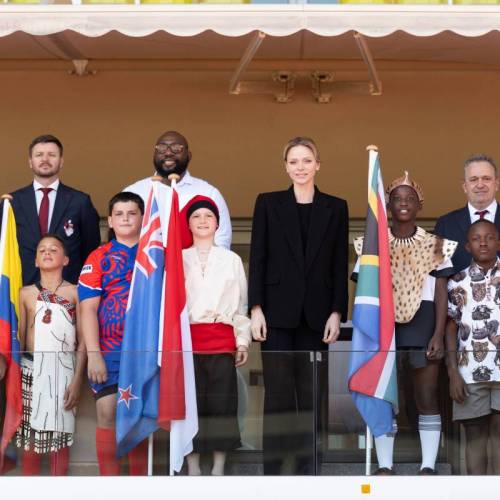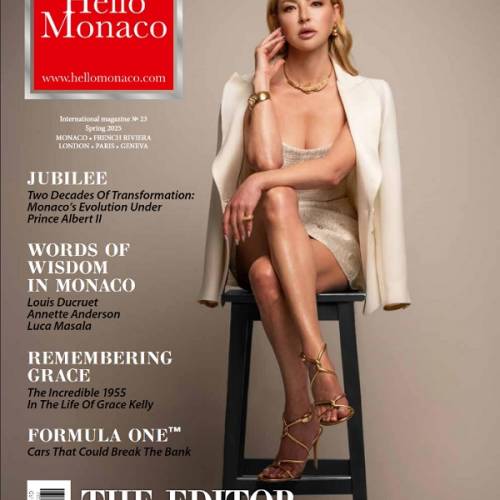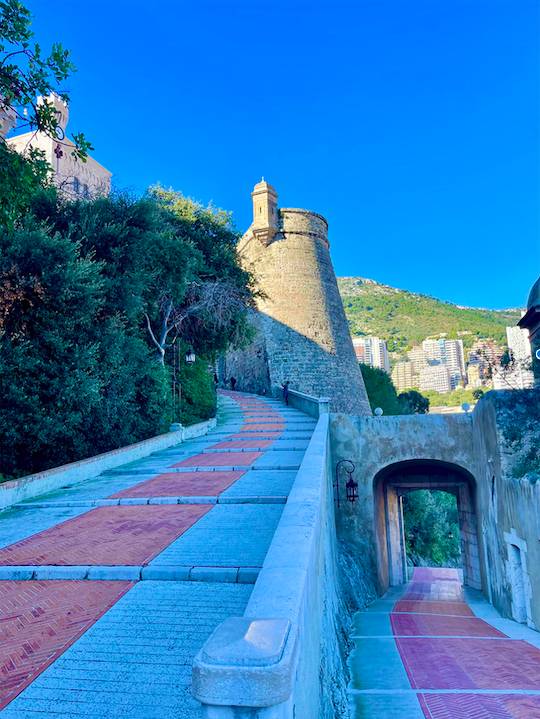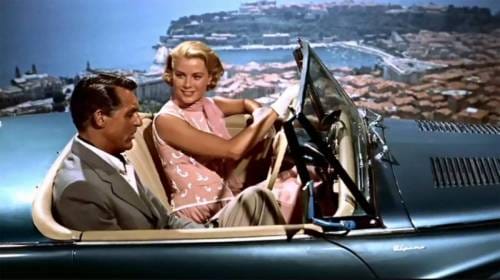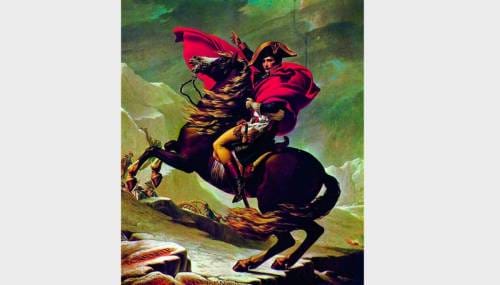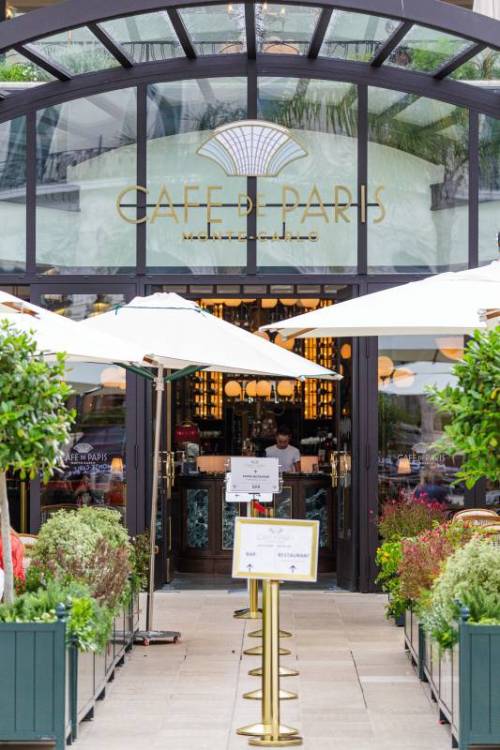Five hundred years ago, on November 3, 1524, the Treaty of Tordesillas that placed Monaco under the protection of Spain and its king Charles V was signed. For a whole century, the Monegasques remained under the forced protectorate of Spain. The country was ruled by Spanish soldiers that made its population discontent. A lot of important historical events happened during this century, and the most significant among them is the acquisition of a new status: the state became independent and began to be called a principality.
The fateful decision of Bishop Augustin
Following the treacherous murder of Lucien Grimaldi on August 22, 1523, the Monaco reins were passed on to his brother Augustin, Bishop of Grasse. The son of the murdered Lucien, the future Honoré I, could not take over for quite an obvious reason — at that time he was no more than 9 months old.
In 1524 the two countries signed the Treaty of Tordesillas. Since then, Spanish soldiers set the trend for whatever was happening in Monaco. The ruler Augustin Grimaldi thus had
trusted the country’s fate in the wrong hands. Perhaps we are talking of political shortsightedness here. Whichever way it was, at that point there was no longer question of Monaco’s independent role in international politics.
Augustin Grimaldi incidentally died on April 14, 1532 at the age of 50. Suspected of a secret alliance with France, he may have been poisoned by the Spaniards. Shortly before his death Augustin admitted to regret deciding to turn his state into a vassal of the Spanish king. Indeed, the signing of the treaty seriously complicated the life of the Monegasques who were forced to maintain a Spanish garrison stationed in the city.
Thirty years of peaceful “governorship”
At that moment, the future Honoré I was only ten years old. To avoid a succession crisis, he was immediately proclaimed “Seigneur of Monaco.” On April 23, 1532 his genovese cousin, Stefano Grimaldi, was appointed his guardian. He brilliantly performed that role for some 30 years (until 1561) and did go down in history as an effective “governor”, assuring carefree young years for Honoré I.
At the same time, relations with Spain were increasingly deteriorating. The Monaco governor would not succumb to the Spaniards. In 1538, Charles V came to Nice to sign a peace treaty with an old enemy, the French king, Francis I. With Monaco refusing to host him, the Emperor was forced to remain aboard his own ship in Villefranche-sur-Mer.
In a sense, however, the “Spanish Century” was also a blessing for Monaco, bringing a long-lasting peace. During that time, the energetic Stefano Grimaldi did a lot for the country. He significantly enriched the princely palace, equipping it with arcaded galleries and giving the main courtyard its today’s appearance. He also built the Rampe Major (the path from the port to the Rock) and strengthened the defensive walls.
The governor also ordered placing a cistern under the courtyard, designed to provide water to a thousand people in case of a two year siege, whilst the neighbouring Roquebrune castle was converted into a fortress.
A succession of Monaco rulers
Honoré was 39 when he finally came to power in 1561. He was to rule the country for another 20 years. Following him, his elder son Charles II ascended the throne, but he only reigned for eight years, eventually succeeded by his younger brother Hercule.
Hercule Grimaldi, however, was by no means popular. His marriage to the Baroness Maria Landi whose mother was Spanish only made matters worse, intensifying the hatred for the “Spanish occupier.” Moreover, he ruled the country as a tyrant, having a number of enemies in Monaco and Menton. On the evening of November 21, 1604, after sunset, a sad fate befell him. Attacked by an angry mob, he was stabbed forty times and thrown into the sea from a cliff.
Lord Hercule’s three children became orphans (Maria Landi died five years earlier). Federico Landi, Maria’s brother, devoted to the Spanish crown, became regent of his six-year-old nephew Honoré. The life of Monegasques had become even more unbearable…
The Principality of Monaco and the union with France
Once of age Honoré Grimaldi II turned the situation around. Since 1612 he began to call himself ‘Prince of Monaco’. To the surprise of many, this new title was recognized by Philip III of Spain. It is difficult to say why the Spanish monarch easily agreed to this. Perhaps he wanted to make the young ruler of Monaco more loyal (Honoré used to express his dissatisfaction with the Spanish soldiers’ presence in Monaco). Be that as it may, since 1612 the country began to be called a Principality, and its ruler became Prince Honoré II.
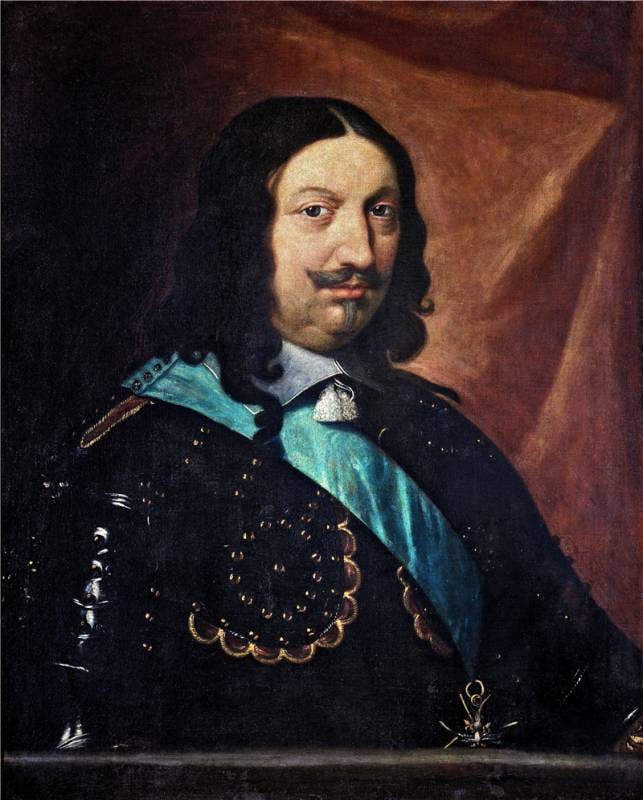
As such, Prince Honoré II confidently confronted Spain, indulging in secret negotiations with France. As to Louis XIII and Cardinal Richelieu, they were finally rejoicing at the opportunity of cutting Spain’s routes to Italy. On September 14, 1641, the Treaty of Péronne was signed, allowing Monaco to return under French protection.
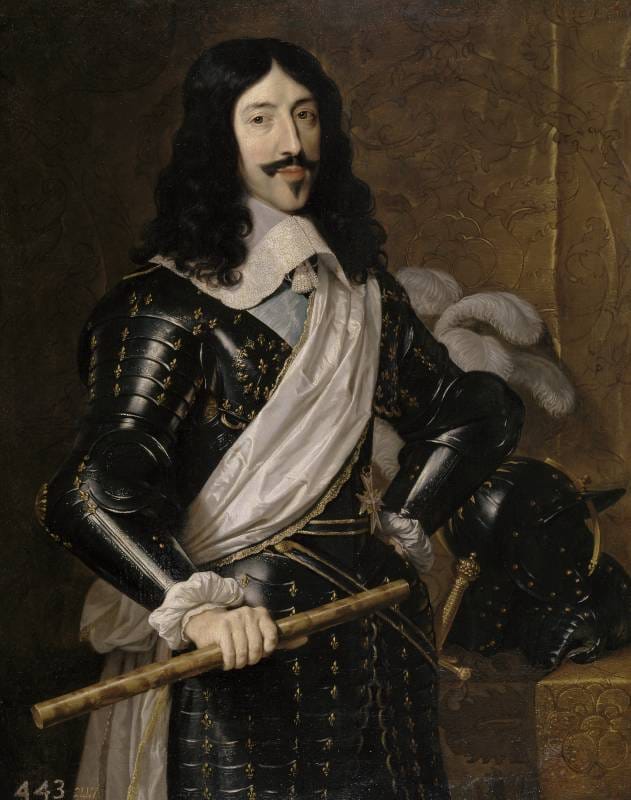
The Treaty of Péronne thus brought independence to Monaco, placing the country on a par with France. Consisting of 14 articles, it guaranteed among other things:
– A garrison of 500 soldiers permanently stationed on the Principality’s territory at the expense of the royal treasury, but reporting directly to the Monegasque prince.
– In the absence of the above, the command of the garrison was entrusted to a lieutenant appointed by the king, but approved by the prince.
– The King of France was the protector of the prince, his family, his privileges and property, paying the latter an annual income of 75,000 lires. As to the prince, he was to exercise sovereign rule over Monaco, Menton and Roquebrune.
On the night of November 17, 1641, Honoré II and his son Hercule expelled the last of the Spanish guards from the palace. Honoré II symbolically returned the Order of The Golden Fleece received from Spain in 1625. The century of the Spanish rule over the Principality was finally over.
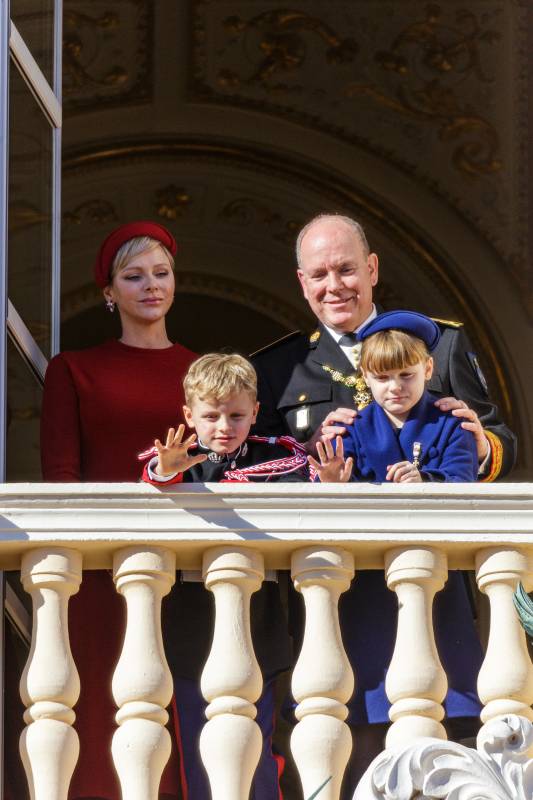
As compensation for the possessions confiscated by the Spaniards, Prince Honoré II received the Duchy of Valentinois, the Marquisate of Baux and the County of Carladès from the French king. Today these titles are borne by his descendants: Prince Albert II is Duke of Valentinois, Crown Prince Jacques is Marquis de Baux and Princess Gabriella is Countess de Carladès.

